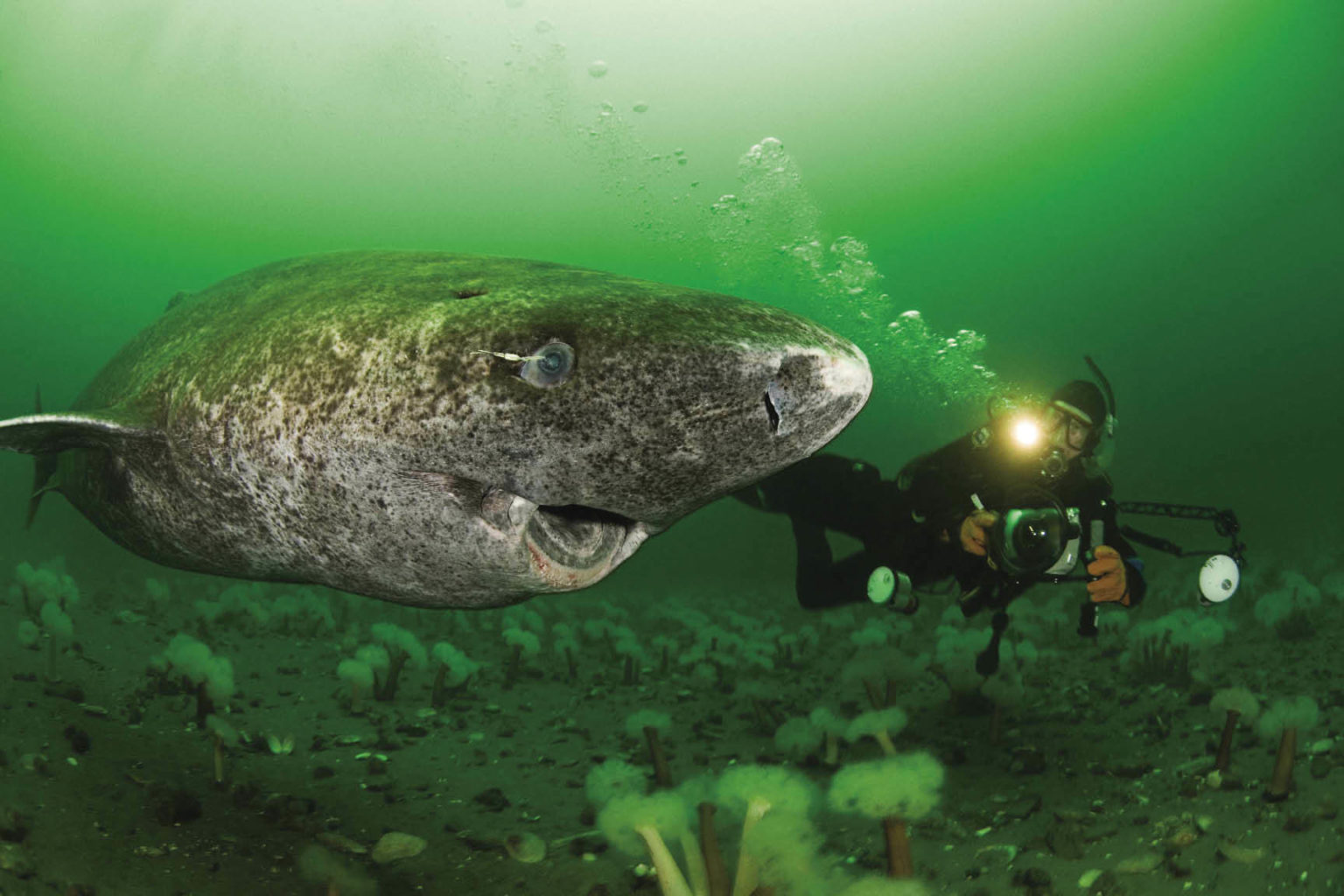A 410 million-year-old fossil of an ancient armored fish could cast doubt on all shark evolution that was thought to be right.
Today, most vertebrates have skeletons made of bone. But sharks and their relatives, like rays, have lighter, more flexible skeletons made of cartilage. Experts say that cartilaginous fish evolved first, with bony fish (like tuna and mackerel) evolving later. The sharks, however, maintained their cartilaginous skeleton.
The new fossil, discovered by an international team of researchers, was named Minjinia turgenensis. It belongs to a group of armored fish called placoderms and is closely related to the last common ancestor of sharks and bony fish. When the team discovered part of the skull, including the cranial box, they found it was made of bone. Which suggests that sharks may have developed bones, and have returned to the initial state of cartilage during its 400 million years of evolution.
“If sharks had bony skeletons and lost them, it could be an evolutionary adaptation,” said Dr. Martin Brazeau, who participated in the investigation, in a statement. “Sharks do not have swimming bladders, which later evolved into bony fish, but a lighter skeleton would have helped them to be more mobile in the water and swim at different depths. This may be what helped sharks to become one of the first species of global fish, spreading across oceans around the world 400 million years ago. “
Most primitive fish fossils have been discovered in America, Australia and Europe, but new fossils have recently been found in China and South America. M. turgenensis was discovered in Mongolia, in rock formations never investigated before. The team will now separate other material they found, which may help them to further understand the evolution of sharks.
–


